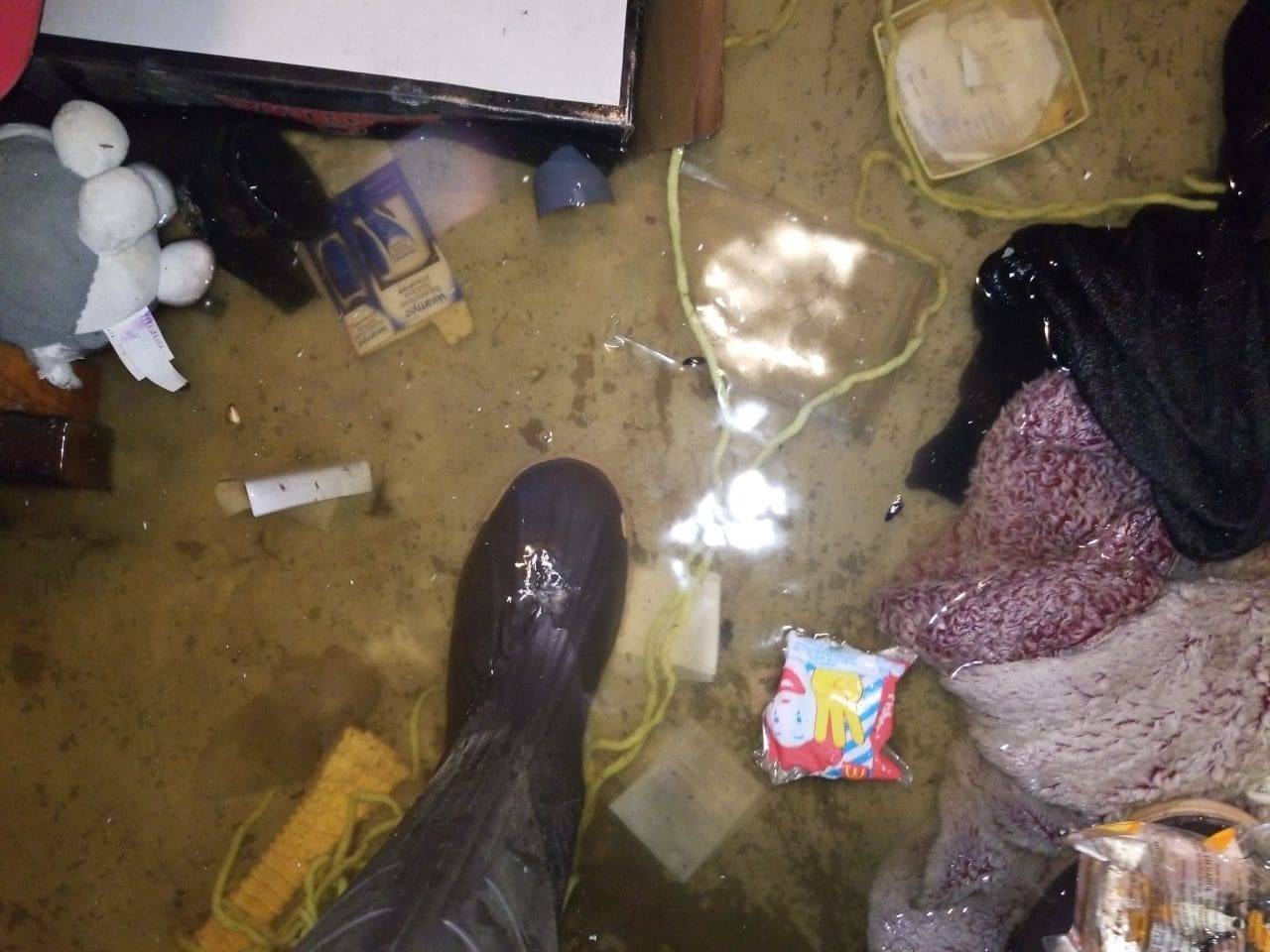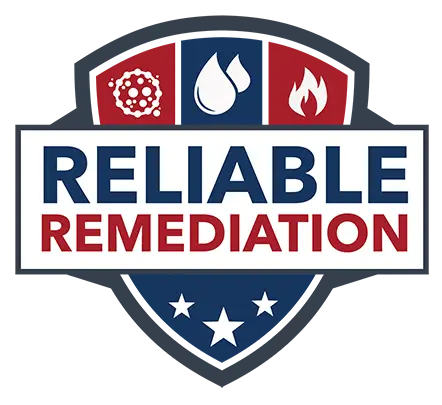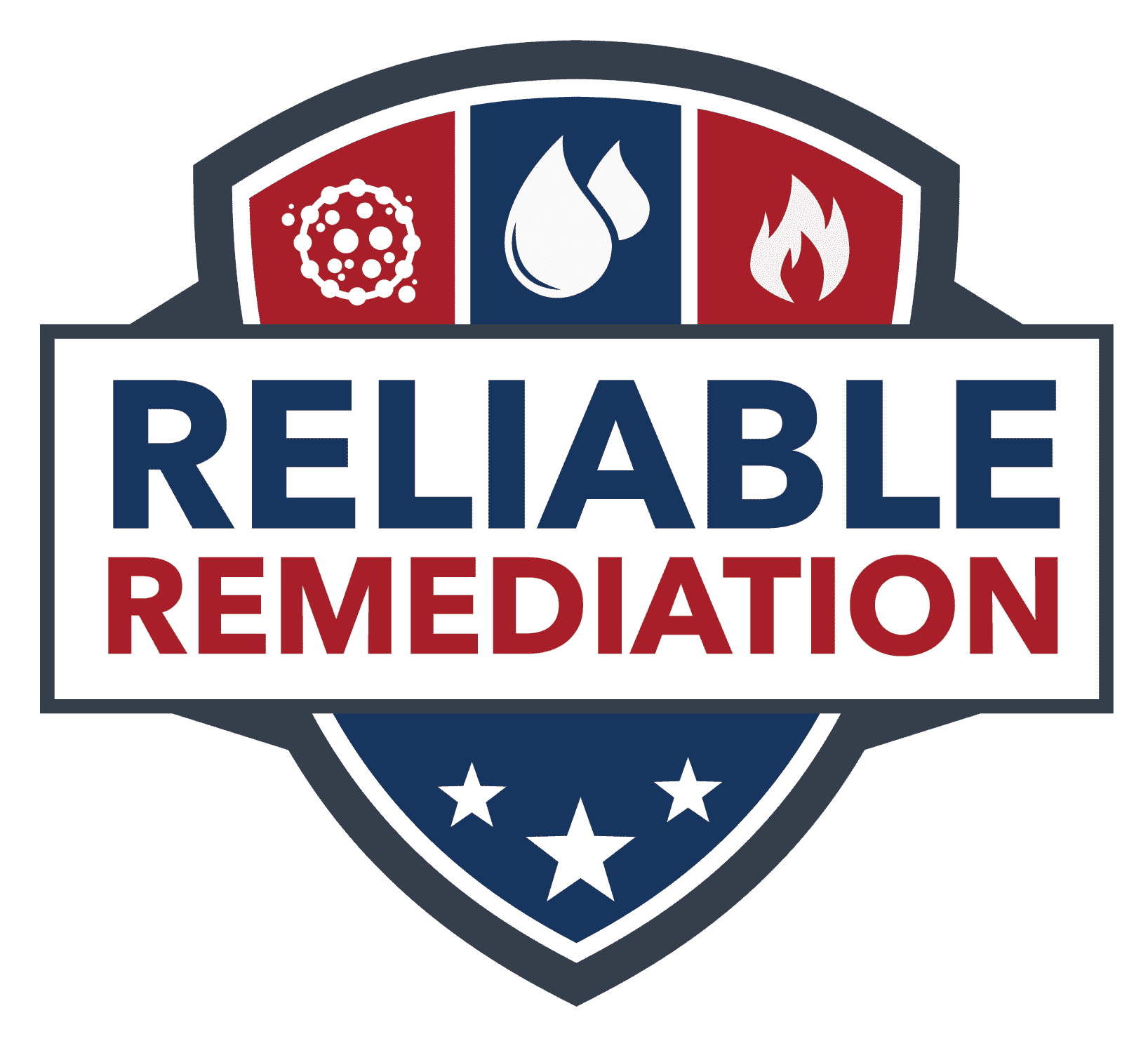Water Damage
Avoid having a small problem turn into a BIG one.(The longer it sits, the worse it gets.)
Regain Peace of Mind
Reclaim Your Property
Restore Your Investment
Has water damage interrupted your life?
What happens to your home, also happens to you.
You shouldn’t have to worry about how to get things back to normal.
Sit back and relax knowing experienced help is on the way.
Water has a way of going everywhere. At Reliable Remediation, we’ll use specialty tools to find it all so your home can be dry and safe.
When you work with us, we’ll:

Act quickly to reduce the risk of mold growth, which can form in as little as 24 to 48 hours.

Sanitize and dry all of the affected areas while being minimally invasive to reduce rebuild costs.

Document every step throughout the process and communicate clearly from start to finish.
Why You Need More Than a Shop Vac and a Fan

Water Damage
If you are experiencing a problem right now – call us for assistance – and check out this FREE Water Damage Action Plan, or simply download it and keep it handy in case anything ever happens.
Water damage (including damage from freezing) is one of the most common and most costly types of homeowners insurance claims. Every year, about one in 50 homeowners files a water damage or freezing claim, accounting for 29% of all homeowners insurance claims, according to the Insurance Information Institute. The average cost of water damage or freezing claim is $11,098.
If water damage isn’t handled properly, it can quickly turn into mold damage. That’s why it’s important for property owners who find water intrusion to “mitigate further damage.” That usually means moving quickly and having a professional you can trust to assess the situation and advise you in the process. Remember, the longer it sits, the worse it gets.
Disaster Happens. We can FIX it!
Common places to find leaks:
- Corroded old copper fittings
- Appliances like washing machine hoses, dishwashers, and refrigerator supply lines
- Aging water heaters
Common causes of water damage:
- Burst or frozen pipes
- Accidental leaks, such as leaking plumbing or an appliance leak, like a broken washing machine or dishwasher
- Roof leak, possibly caused by storm damage from heavy rain or hail
- Ice dams, such as ice that builds up in your gutter and damages your home
Is it covered by insurance?
If you have questions about your policy and what is and isn’t covered, it is best to reach out to your local agent or broker before calling the national number and trying to file a claim. Your local agent can explain your coverage, deductible, and discuss the merits of filing a claim if coverage is available.
If you do intend to file a claim, here’s a FREE resource of POWER QUESTIONS to ask your insurance company to make sure you receive the service and coverage you deserve (and have paid for).
Helping Property Owners Recover from Water Damage
Flooding and water-related disasters are widespread. Also, they have caused many property owners quite a headache. While water damage is something that can be fixed, time and quick response are crucial during a water disaster.
Sometimes property owners want to rush the repairs so they can get their property back to its pre-damaged state ASAP, it’s the responsibility of the water damage restoration team to ensure that the entire process is carried out correctly and safely.
Here are some of the most critical points we address during a water damage situation.
Safety Is a Priority.
In the event of a crisis, our primary concern is the safety of everybody involved.
Water and electricity are a lethal combination. So, it follows that in any flooding situation, the first thing we’ll do is switch off the electrical power in the flooded area. Afterward, we’ll close the main water valve to prevent any contaminants from entering the water system.
Lastly, if we have to wade through the water to check the flooded premises, we’ll be wearing waterproof boots and safety gear.
Accurate Assessment of the Damage is Essential.
There’s often more to flooding and water damage than meets the eye, which is why it’s crucial to identify the level of water damage in the area before going further with the mitigation and repair process. We have moisture meters and thermal imaging tools that assist us in identifying the extent of the damage.
Water damage is categorized into three levels.
Category 1
Water is generally clean, sanitary, and safe for consumption.
Category 2
The microorganism level in the water is too high and has the potential to cause sickness if someone were to ingest or get in contact with it.
Category 3
Water is severely contaminated and contains toxins and pathogens, which could be fatal.
Aside from identifying the level of water damage, a thorough assessment of the affected premises by an experienced professional will give you a clearer picture of the extent of damage, and how much the repairs could cost.
The Area Needs to be Dried Out Properly
People often ask, “Will ‘dead mold’ hurt me?” This is a great question because there are some processes in the marketplace that make claims about killing mold “in place” and suggest that the resulting mold debris does not need to be removed. This is incorrect.
When it’s finally safe to enter the area, the next thing we’ll do is get rid of water and moisture before they cause any more damage. However, if it’s massive flooding we’re dealing with, we’ll have to wait for the flood to dissipate before starting the drying process.
For small leaks, we can use a fan to circulate the air and dry out the affected area. For heavier flooding situations, however, we’ll use special extraction tools which will speed the drying time. We’ll set up a drying chamber using dehumidifiers, air movers, and even incorporate heat as necessary. This will dry your structure completely and mitigate any further damage.
We’ll Test for Moisture – Especially in Places Unexperienced Miss
With the area almost completely dry, it’s time to remove waterlogged items from the affected area and sort them into piles. You can keep the ones that look salvageable and throw those that are beyond saving.
Before commencing work on the structure, we’ll make sure to run tests on the moisture level of the walls and floors. A moisture meter helps us check if the moisture on the walls and framings have dropped to a suitable level, while a flooring hygrometer is the most reliable tool for testing the dryness of concrete floors. Thermal imaging can also be used to find the extent of damage and moisture.
Act FAST…Don’t Wait Three Weeks (or Three Days) for Your Insurance Company to Send an Adjuster
Talk to your local agent to determine if this is a covered loss. If it is, your responsibility is to “mitigate further damage” and as a licensed and insured mitigation contractor – we can document the process for your claim and have you dried out in a period of several days.
Standing water is an ideal breeding place for pathogens and bacteria, while moisture can pave the way for molds to develop. When water damage is concerned, immediate action is necessary. If the mitigation phase is not completed promptly, a category 1 and 2 damage can potentially turn into a category 3; a simple cleanup may turn into an extensive, complicated, and costly job. Time is of the essence when dealing with a water damage situation.
Use a professional you can trust to do the very best job possible. You can use the contractor of YOUR choice, you do not have to use the insurance company’s “pet” contractor.
Disaster Happens. We can FIX it!
If you do intend to file a claim, here’s a FREE resource of POWER QUESTIONS to ask your insurance company to make sure you receive the service and coverage you deserve (and have paid for).
Adapted from an article by Rachel Anderson in Restoration and Remediation Magazine
It’s Easy to Get the Help You Need

Get an Evaluation

Receive a Customized Plan


